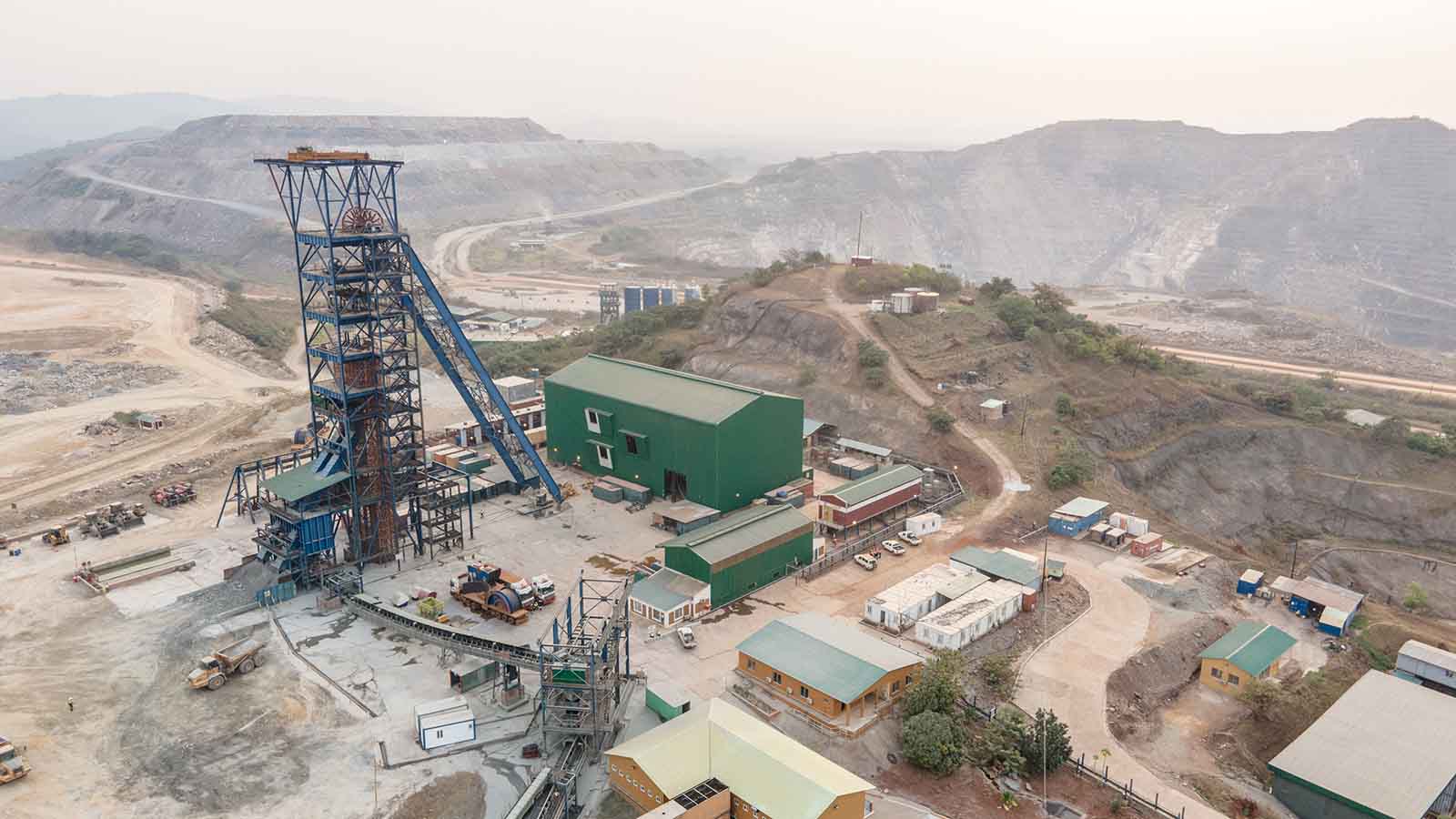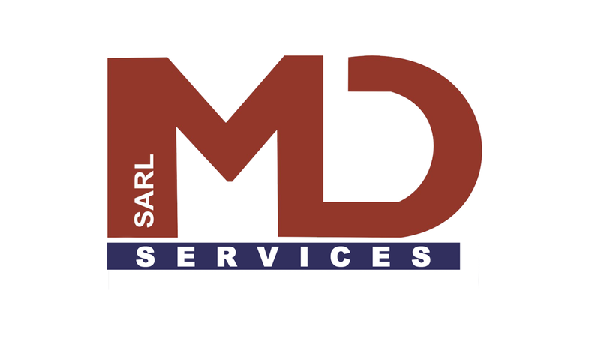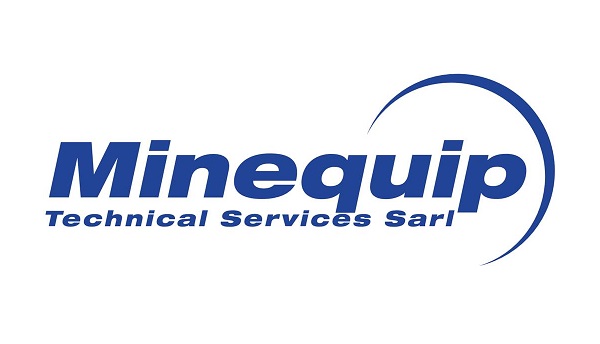
The Kibali goldmine in the Haut-Uélé province of the northeast Democratic Republic of Congo is no ordinary mine. With 812,152 ounces produced in 2021, the combined open pit and underground gold mine is officially the sixth biggest in the world. Now into its 13th year, the gold mine is still considered to have an enormous upside: In addition to an exploration prospect pipeline that continues to expand, its business plan seems set to continue for at least another 10 years. Business Excellence decided to take a closer look.
No Ordinary Mine
Situated adjacent to the town of Doko and 210 kilometres from Arua near the DRC’s border with Uganda, Kibali is co-owned by AngloGold Ashanti (45%), Barrick Gold Corporation (45%), and Société Minière de Kilo-Moto (SOKIMO) (10%), a state-owned gold mining company. To date, Barrick Gold estimates that the mine has been directly responsible for in-country investment in excess of $4.2 billion. And with policy that encourages local participation at levels as well as its continuous investment in region that figure should more than double in the next 10 years.
This extension of the mine’s life begins with the addition of the 11,000 Lode to the underground operations. The discovery of this Lode at the beginning of 2022, is located above the base of the existing shaft infrastructure. Now almost a year into its life, it continues to deliver positive results, unlocking additional value for the main, and remains open down plunge. It is indicative of the success of the ongoing exploration work being conducted by the mine’s owners.
This ongoing exploration work is happening across several fronts. Drilling is currently underway at the Mengu Hill, Agbarabo, Rhino, Zambula, and Makoro targets, all of which are showing potential as additional underground and open pit satellites. However, it would be amiss to only report on the size and scale of the Kibali mine. Equally as important, are the industry-setting standards being set by the operations.
Operational Excellence
The considerable energy required to power Kibali is sourced from its three state-of-the-art hydropower stations, supported by new backup battery technology. This is one of the contributing factors to the mine’s 14001 environmental accreditations, another of which is its development of a new pump system, which was installed with the specific aim of reducing the mine’s freshwater consumption.
The management team at Kibali also announced at the end of 2021 that its long-held plans to build a cyanide destruction plant were now underway. The work, which will reduce cyanide concentration in Kibali’s dams and improve its plant recoveries, is expected to help Barrick and its partners in Kibali to achieve International Cyanide Management Institute (ICMI) accreditation when delivered a little over a year from now.
Socioeconomic Impact
Figures from the World Bank show that 2022 will mark the 20th successive year of positive economic growth for the DRC - a remarkable statistic, given that this period took in the global financial crisis, which saw a steep downturn in mineral prices and overall economic output, and the Covid-19 pandemic (more of which later). Indeed, when Barrick Gold acquired Kibali in 2009, the DRC’s GDP was US$18.6 billion. In 2021, the figure was $53.96 billion.
These figures show, thankfully, Kibali is just part of a much bigger success story. But it is an important one. Barrick estimates that the mine has been responsible for around $4.2 billion in direct investments in the country over its lifetime. The mine invests in everything from exploration to road projects, staff development, equipment replacement, and of course, a series of environmental and social projects.
On the socioeconomic side, however, Kibali’s impact can particularly be seen in the DRC’s previously undeveloped northeast - now a genuine hub of economic activity. Here, Kibali has been highly active in partnering with and mentoring local entrepreneurs, enhancing local communities, and upgrading essential infrastructure. Hiring and training at all levels of the organization from local villages have also been hugely impactful: 94% of Kibali’s workforce, including its management, are Congolese nationals.
It is now also driving the employment of women in the traditionally male-dominated mining industry through targeted recruitment campaigns and development programs designed to equip them for rewarding careers at all levels of the organisation
The Covid-19 Response
The team behind Kibali was also not slow about responding to the threat of Covid-19 as the pandemic reached the DRC. As well as outlining a detailed support program for the country, Barrick announced a $1.5 million financial commitment to counter the pandemic and its effects. The government recognized that Barrick was the first of any large company in the country to make a substantial financial commitment to countering Covid.
Barrick’s contribution was extremely valuable: As a company that already has extensive experience in dealing with ebola, it maintains a dedicated workforce of health workers and doctors to administer treatment, materials, and advice. The $1.5 million commitment was also above and beyond the investment in critical equipment, totaling about $1.4 million, already made by Barrick at an earlier stage of the pandemic.
Strategic Supply Chain Partners
With three of the world’s top 10 mines in its portfolio, Barrick is a name that easily attracts high-caliber supply chain partners. Examples of these include heavy equipment and machinery industry giant Caterpillar, which collaborated with Tractafric - a Moroccan company - to install 7.5 MW of battery energy storage at Kibali.
Elsewhere, many of Barrick’s partners on the ground in Kibali are a who’s who of African mining and drilling companies. These include Amazon Drilling DRC, a drilling specialist and earthworks contractor, Redrilza Drilling Services, SGS Minerals RDC, a local branch of the international mining firm, a Zambian drilling company, Epoch Resources (Pty) Ltd, a South African engineering consultant, and Inter Oriental Builders (IOB), a civil engineering company.
On the technology side, MineARC Systems is responsible for controlled technology and safety at the mine and its operations; American Mine Door developed the considerable mine doors at the plant, and ORICA, did some dedicated work on the mine’s infrastructure. Transport and logistics are provided by Tradecorp Logistics and Bolloré Transport & Logistics DRC. Finally, Barrick has developed a strong partnership with the local staff recruitment firm, MD Services SARL.
Environmental impact
Kibali is not only Africa's largest gold mine, but also a global leader in sustainability initiatives, biodiversity programmes, and clean energy, according to Barrick president and CEO Mark Bristow. Barrick also continues to invest in Africa's biodiversity by reintroducing 76 white rhinos to the Garamba National Park, a critical step in the long-term plan to protect this endangered species. This investment has also resulted in an increase in the park's giraffe population.
Local sustainability projects include the development of a world-class aquaponics farm and the establishment of a vocational and technical training centre to promote community capacity building. Following the government's approval, the implementation of the cahier des charges mechanism has begun. This will be in addition to the mine's current commitment to investing 0.3% of revenue in community projects identified through consultation with the mine's community development committees.
Kibali also continued to lead the group's clean energy drive, concentrating on power from three continuously upgraded hydropower stations and new backup battery technology.
Outlook
Barrick may have created a blueprint for other mining companies entering Africa to work from: International expertise, local upskilling, government cooperation, and world-class technology. With the progressive Congolese government on its side and a prosperous partnership in place with AngloGold Ashanti, it seems like the sky is the limit for what Barrick and the operations at Kibali can achieve.



 BE- Africa- Kibali Gold- DEC2022_1.pdf
BE- Africa- Kibali Gold- DEC2022_1.pdf












